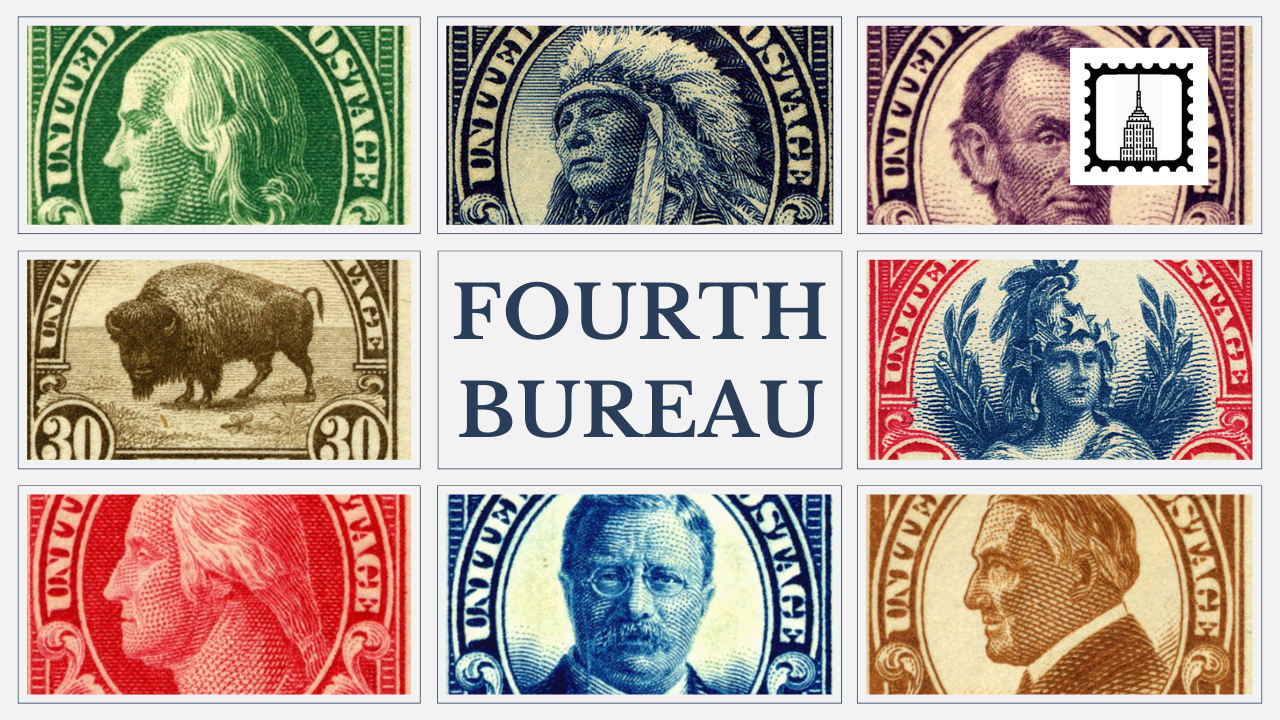The world of philately is intricate, with layers of complexity that both fascinate and frustrate collectors. One such complexity lies in the use of major and minor catalog numbers within the Scott Catalog, a cornerstone reference for stamp enthusiasts. Phil Pritchard, a dedicated completist collector, delves into this issue, highlighting the challenges and inconsistencies that arise when attempting to catalog and organize stamps using this system.
The Quest for Clarity in Stamp Cataloging
Phil Pritchard’s journey began with his ambitious project to update thousands of pages in the Scott International Album. This endeavor brought him face-to-face with numerous issues related to major and minor numbers in the Scott Catalog. The fundamental question he poses is: What is a catalog number, and why does its inconsistent application matter to collectors?
At its core, a postage stamp is a physical object designed to facilitate the sending of mail or related services. While each stamp is unique at a molecular level, collectors differentiate stamps based on observable characteristics. Catalog numbers serve as a standardized method to identify and differentiate these stamps. However, the Scott Catalog does not explicitly define what constitutes a major or minor number in its introductory materials, leading to confusion.
Different Collecting Approaches and Their Implications
Collectors approach stamp collecting in various ways, generally falling into three categories:
- Specialists: They collect all varieties of a stamp, including unlisted ones.
- Completists: Like Phil, they aim to collect all major varieties.
- Junior Collectors: They typically focus on less expensive stamps.
Albums and catalogs reflect these collecting styles, but the lack of clear definitions in the Scott Catalog affects all collectors, especially those striving for completeness and accuracy.
Inconsistencies in Major and Minor Number Assignments
The Scott Catalog states that major numbers are assigned plain numbers or numbers with uppercase suffixes, while minor numbers receive lowercase suffixes. Additionally, font styles are supposed to differentiate them: major numbers in large, bold, non-italic fonts, and minor numbers in small, italic fonts. However, Phil discovered that this is not consistently applied.
For instance, stamps from Angola numbered 7a and 9a appear in large, bold type alongside major numbers, despite being minor numbers. Upon consulting with the Scott Catalog editors, he learned that the font style is not a reliable indicator—the lowercase suffix determines the minor status, regardless of formatting. This inconsistency is not addressed in the catalog’s introductory materials, adding to the confusion.
Factors Differentiating Stamps and Cataloging Challenges
Several characteristics can differentiate one stamp from another:
- Design and Denomination: Usually result in different major numbers.
- Paper Type: Includes watermark changes, paper color, weight, and texture (e.g., chalky, glazed, granite papers).
- Perforations: Variations in gauge can be inconsistently cataloged as major or minor numbers.
- Printing Methods: Changes in printing techniques (engraved vs. lithographed) often warrant new major numbers.
- Colors: Slight differences may be assigned minor numbers, while other times they receive new major numbers.
Phil highlights that the Scott Catalog’s treatment of these factors lacks consistency. For example, changes in watermarks usually result in new major numbers, but not always. Perforation changes in the King George VI pictorial sets are inconsistently cataloged, making it difficult for collectors to accurately organize their collections.
The Problem with Dates and Sets
Another issue arises with how the Scott Catalog lists dates and sets. Some sets have a single year listed, others a range, and individual stamps within those sets may lack specific issue dates. This lack of precision complicates efforts to arrange stamps chronologically. Phil cites the Canal Zone postage due stamps from 1937–1941 as an example where earlier catalogs provided specific dates, but current listings have omitted this information.
Renumbering and Its Implications
Renumbering in the Scott Catalog is rare due to the complications it poses for dealers and collectors who maintain inventories based on existing numbers. However, there have been instances where renumbering occurred, such as with the Portuguese Ceres series and the listings for Turkey in Asia (Anatolia). These changes forced collectors to adjust their records and album pages, illustrating the challenges that come with correcting past inconsistencies.
Conclusion: A Call for Consistency
Phil Pritchard’s analysis underscores the complexities and frustrations that arise from the inconsistent application of major and minor numbers in the Scott Catalog. For collectors dedicated to achieving an orderly and comprehensive collection, these inconsistencies present significant obstacles. While historical practices and editorial decisions contribute to these issues, the likelihood of systematic corrections by the Scott Catalog remains low.
Collectors are left to navigate these challenges independently, often relying on multiple catalogs and personal research to fill in the gaps. Phil’s work serves as both a critique and a guide, shedding light on the need for clarity and consistency in stamp cataloging—a pursuit that is essential for the advancement of philately as both a hobby and a discipline.






